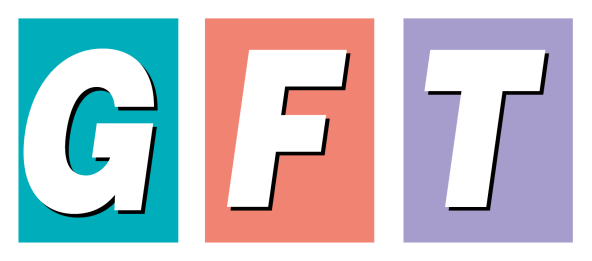Textiles are Now Stylish Materials for Interior Design Industry
The textile industry was traditionally associated with garment, although it can be so much more. This is especially true in the world of architecture or interior design where textiles are used to make upholstery, mattresses, sofas, curtains, tablecloths, and many other stylish decorative items. Currently, there is a growth of housing, and the number of condominiums in particular are increasing rapidly because the modern consumers prefer compact living units for a solo dweller or small-sized family.
The textile industry plays an important role in complementing the interior design as they are used to make furniture as well as decorative items for houses, condominiums, offices, and hotels. The furniture industry is very profitable due to the recovery of tourism from both the local and international travelers, hence furniture or interior decoration products are in high demand. According to the Information and Communication Technology Center, The Office of the Permanent Secretary, Ministry of Commerce, Thailand is the world’s 25th largest furniture exporter in the world. In 2022, the total export value was 81,179 million baht, an increase of 5% from the year prior. The main markets include the United States, Japan, China, Malaysia, and Indonesia. Other notable markets include South Korea and countries in ASEAN. However, Thailand has a market share of only 0.7% from the total value of furniture exports worldwide, which means there is still a lot of room to grow for Thai furniture exporters.
Inarguably, textiles are directly related to the manufacturing of furniture and decorative products such as sofas, mattresses, pillowcases, curtains, and many more. These items require design and textile innovations to develop products that are unique with high quality. In 2024, the trend for interior design will focus on the stylish and sophisticated use of fabrics, colors, and patterns, so choosing them wisely will enhance your offices or living quarters dramatically.
The fibers used to make textiles for the decorative items can come from many sources. For example, upholstery, ropes or carpets made from hemp and 100% natural linen are tougher and more durable than cotton. The more they are washed, the newer they look, so they are suitable for making tablecloths, handkerchiefs, hand towels, napkins, towels, or aprons used inside the house or at the hotels. In addition, fabrics from brand new technology such as Flannel which is a soft, smooth fabric with just the right weight is most often used to make household products and furniture such as soft blankets, plush dolls, and sofas because of their soft and luxurious feel with reasonable price. It is made from 100% pure polyester fiber combined with a special knitting technique called Warp Knitting or vertical knitting that helps strengthen the yarn and lengthen its durability.
New textile innovations in the furniture manufacturing industry continue to be introduced. For examples, the innovative curtains that are coated with dust mite protection which is a layer of an ultra-thin film that is only 20 nanometers thick. These coated curtains are reported to reduce dust accumulation in the fabric by approximately 89%. They are ideal to prevent allergies and protect consumers’ health. As for the sofa, there is an innovation called the ZOFT Active Line sofa fabric which is easy to clean, soft and comfortable. Those with pets will no longer need to worry about stains because this fabric is made of synthetic polyester fibers coated with a special liquid that meets OEKO-TEX 100 standards. It is also non-toxic to the users and the environment.
At any rate, textiles aren't just limited to the interior design industry. Outdoor applications such as gazebo covers or umbrella also require innovative fabrics designed specifically for outdoor use. The fabric must be woven from high quality fibers to withstand all weather conditions, provide UV rays protection, are waterproof and oil-based substances proof so no stains will be left on the fabrics. They should also be easy to clean without water or chemicals to reduce resource consumption and promote sustainability.
This is just part of the ongoing development in the world of textile industry. If you are looking for ideas or additional information about textile innovations for decorative design, then come get the latest update at GFT 2024 during 26-29 June 2024 at BITEC, Bangkok.
Reference :
- 2024 TEXTILE TRENDS: THESE ARE THE FABRICS WHICH WILL DECORATE YOUR HOUSE IN THE COMING MONTHS
- Furniture Needed for Setting up a Garment Factory (Garment Industry Furniture)
https://www.onlineclothingstudy.com/2016/06/different-kind-of-furniture-needed-for.html
- ธุรกิจเฟอร์นิเจอร์ไทยมาแรงยอดจำหน่ายพุ่ง 1.67 แสนล้าน ส่งออกพุ่ง
https://www.thaipost.net/economy-news/455167/
- นวัตกรรมผ้าม่านกันไรฝุ่นที่เหมาะสำหรับคนเป็นภูมิแพ้
- ผ้าแฟลนเนล (Flannel) คืออะไร?
https://www.jongstit.com/th/characteristics/flannel
- นวัตกรรมสิ่งทอจากธรรมชาติสู่เฟอร์นิเจอร์และเครื่องนุ่งห่ม
- Innovative Fabric
